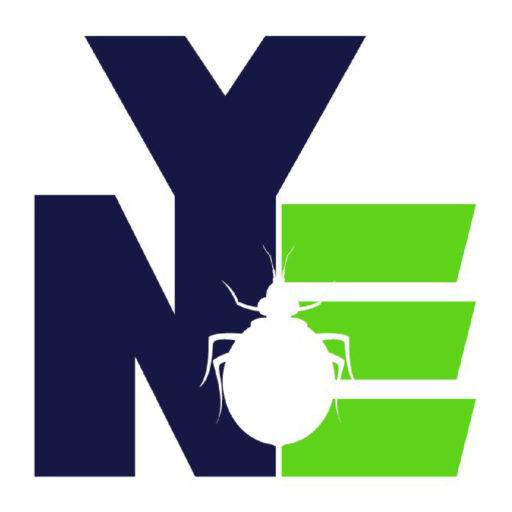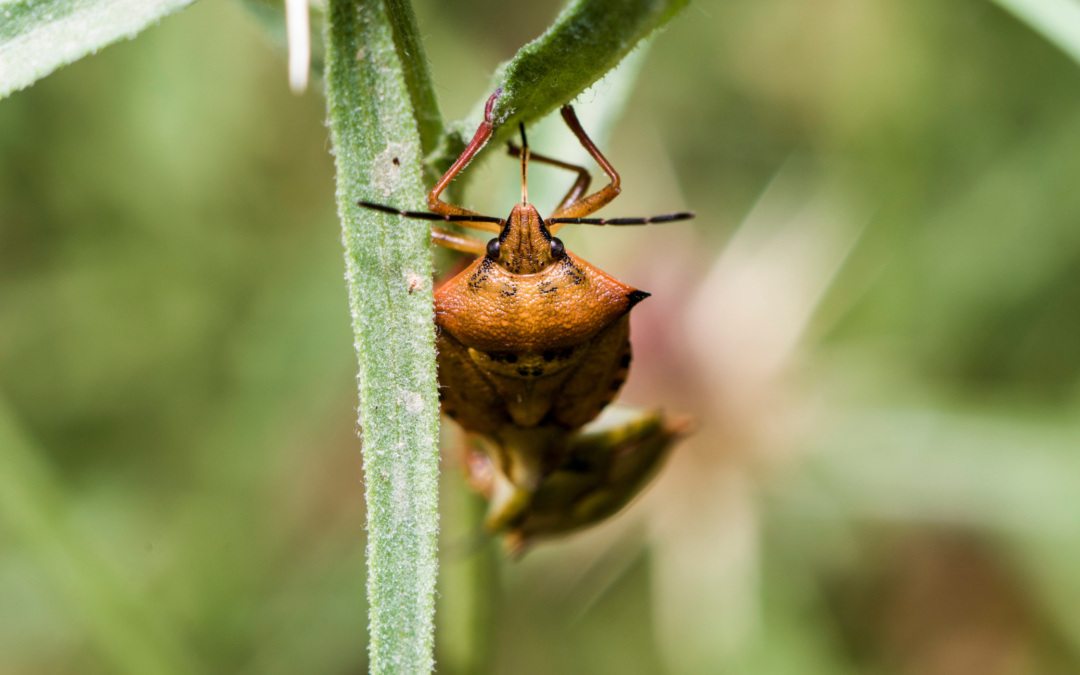Occasional Invaders
Avoid Stink Bugs and Other Fall Pests
It’s harvest season, crops are coming down in rural areas and displacing familiar fall pests like stink bugs, boxelder bugs, and Asian beetles. These are all invasive species of insects that plague residential areas when crops get cut. Although you can find these pests all across the Midwest, they are not native. Most of our fall crop pests were introduced from other countries at different points in recent history. Once these fall pests make it into your home, they’ll bask in the sunlight during the day where it hits the strongest, the south and west sides. Then, at nighttime, as the weather cools, they retreat into gaps underneath siding, around windows and doors, and penetrate the interiors of the structure. We classify these insects as “overwintering insects”.
Overwintering Pests
Most people think that bugs just die off in the winter, especially with extreme, harsh winters. That is not true! They’re called “Overwintering” because they will literally hang out in wall voids, nooks and crannies and go into dormancy over the winter, emerging in the spring. Stink bugs actually enter a hibernation state called diapause. Creeped out yet? Well the BEST time of year to get your home protected from stink bugs, boxelder bugs and Asian beetles is NOW. In the fall. Doing so will lessen the blow in the spring time. We provide a quarterly service that will literally put an invisible barrier around the exterior of your home to prevent these and dozens of other bugs from crawling up into your house in the first place.
Stink bugs
These prehistoric looking bugs seem to enter your house out of thin air but what most people don’t realize is that they’ve been nesting in your window sill all along. Avoiding stink bugs can seem like a challenge but the pros at NYE know just how to handle these nuisance pests. This close up video of a stink bug grooming itself will help you to identify this pest.
Boxelder Bugs and Asian Beetles
Two common pests you may find entering your home this fall are boxelder bugs and Asian lady beetles. Both are brightly colored, red and black insects. Boxelder bugs are more slender and longer in length, about ½” long compared to lady beetles that are ¼” long. Lady beetles are round in shape with black spots on their outer wing covers. Asian lady beetles have a “M” or “W” marking on the white portion of their thorax, right behind their head. The larvae of lady beetles look entirely different than the adults and have elongated, segmented bodies that are orange/red and black in color.
Both boxelder bugs and lady beetles are attracted to the warm, southern sides of buildings during cooler fall temperatures. You may find large aggregations of these insects under the eaves of your home or on the upper side of the building. They will enter homes through cracks and crevices around windows, walls, doors, and around foundations. While all of the pests we’ve mentioned are considered nuisance pests, none of them bite, but they will stain your walls and curtains if you smash them and emit unpleasant odors. GROSS. Once indoors, you can vacuum pests but do not smash them to prevent staining.
Orb Weaver Spiders Around the Home
Spiders are also busy preparing for winter. Orb weaver spiders are one of the most common spiders found around home. The build conspicuous, orb-shaped webs that are hard to miss around porches, eaves, and other open areas. Orb weaver spiders survive the winter as eggs and in the spring they hatch from their eggs as spiderlings and disperse. By the time fall comes, these spiders reach maturity and become large – making them much more noticeable and their webs more of a nuisance. Some of the species grow large in size and are striking orange, yellow and red colors that can seem alarming. Thankfully, these spiders are mostly harmless and will try to run away if you disturb their web. One way you can always tell a harmless orb weaver spider apart from others is how they hang upside down in their webs.

